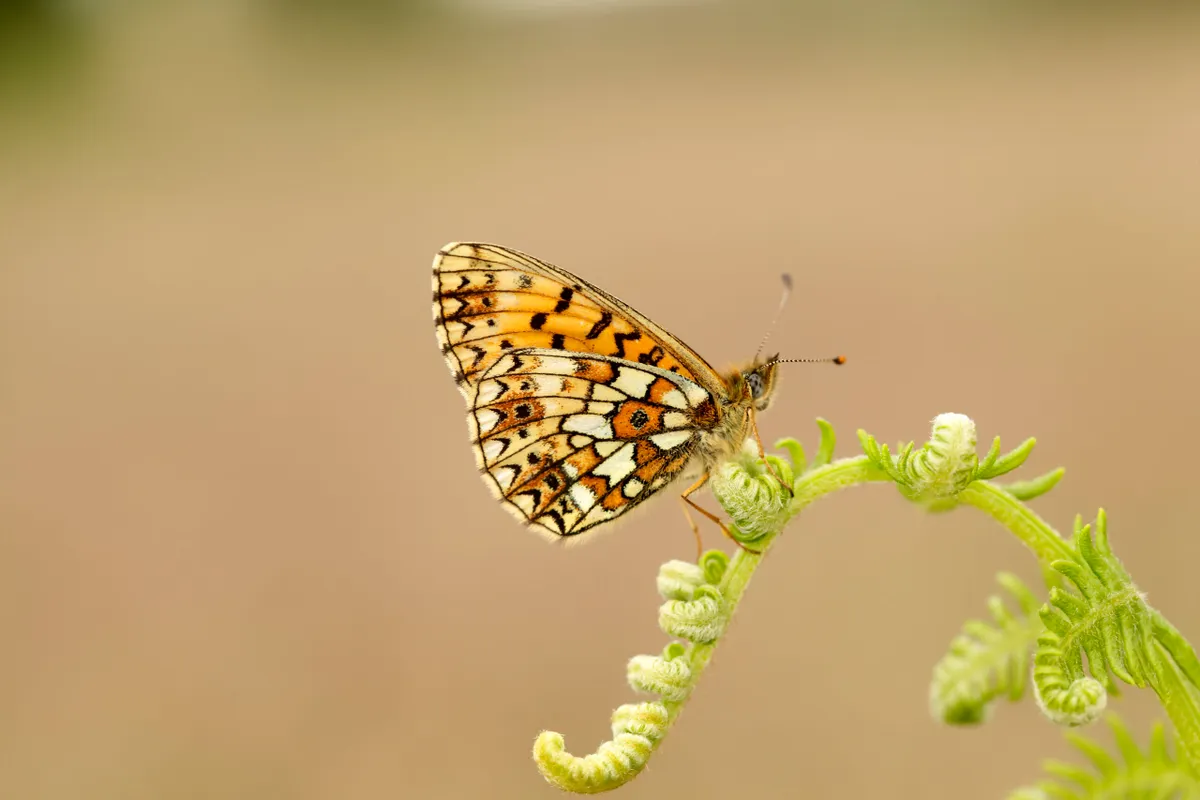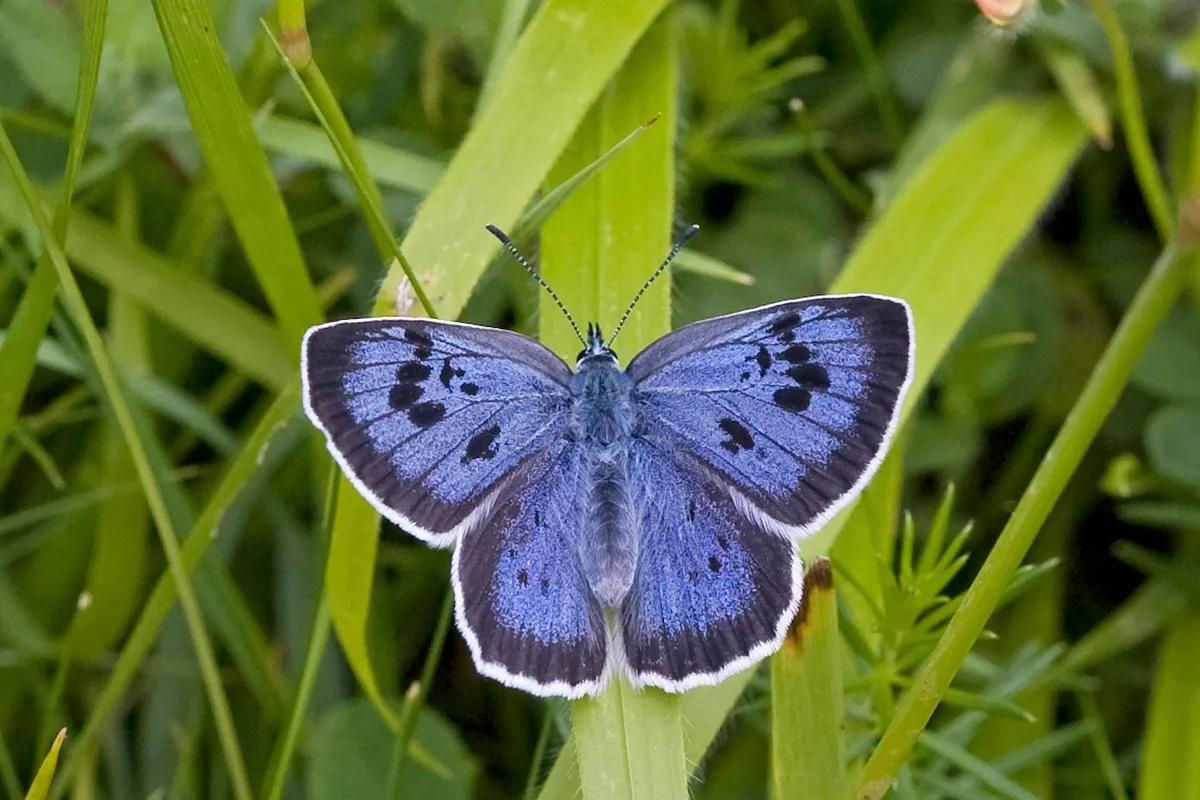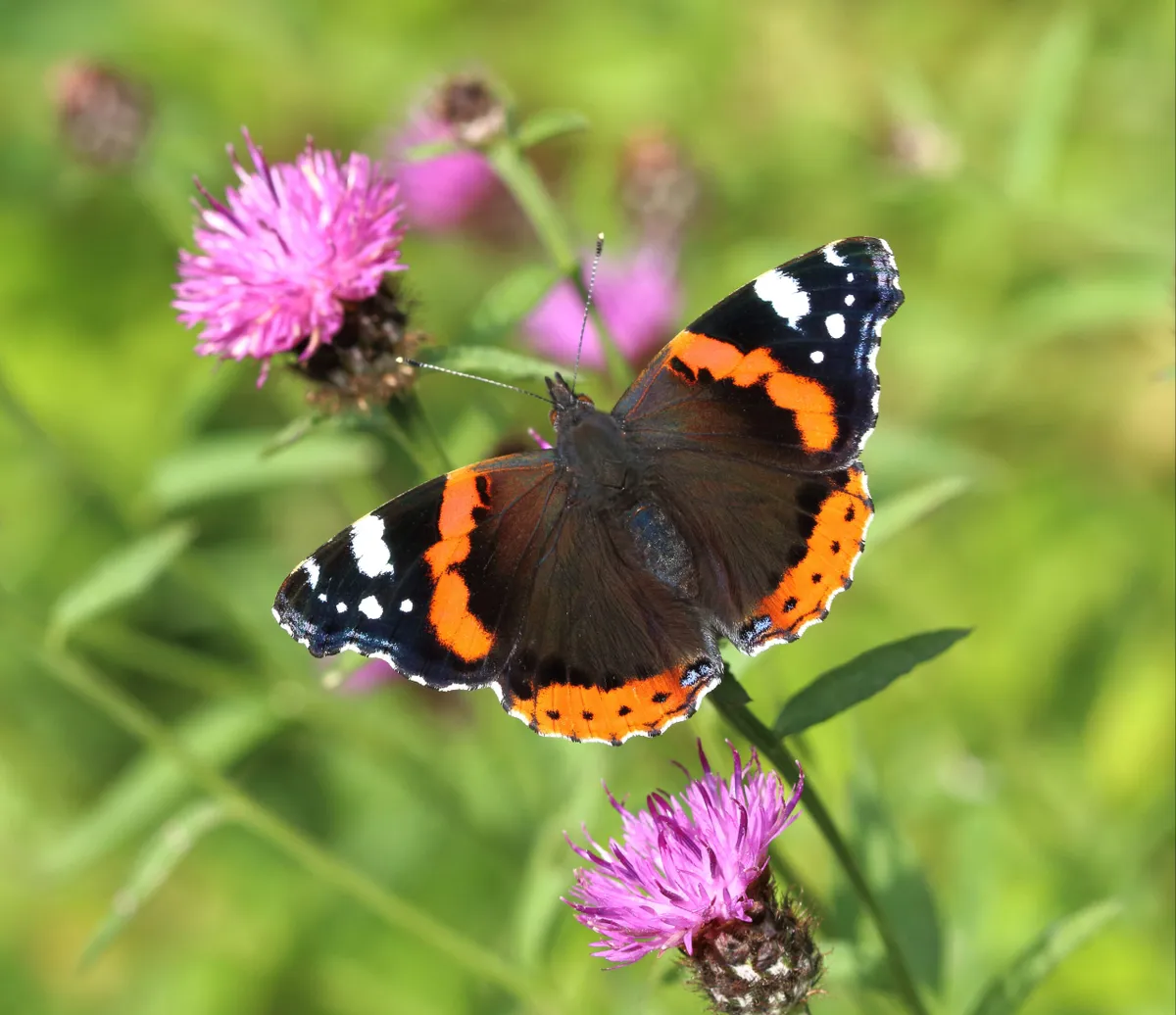The latest results from the annual UK Butterfly Monitoring Scheme have been released, with a mixed view of butterflies throughout the UK.
Looking for the Big Butterfly Count's 2024 results?
You may also like
The scheme, which is led by Butterfly Conservation and several other charities showed that for many butterflies species, 2023 was a great year.

Half of the 58 species had a better than average year, with the Chequered Skipper, Brimstone and Large Blue all recording their best year since 1976 - when the scheme began.
Red Admiral, which is a migratory species and has begun to overwinter in the UK as the climate has warmed, increased its numbers by 318 per cent at monitored sites since 1976.

Not all butterfly species are faring well, however, and there were worrying results for certain butterflies in 2023, including the Small Pearl-bordered Fritillary and the Small Tortoiseshell. In 28 years of monitoring, the lowest numbers of these were recorded, declining by 71 per cent and 82 per cent respectively. However Small Tortoiseshell did seem to do well in Northern Ireland.

Green-veined White and Ringlet both had a poor year, which could be down to drought from the previous summer. While The Large Blue, which was reintroduced into the UK after becoming extinct in the 1970s saw its best year yet.

Dr Richard Fox, head of science at Butterfly Conservation, said: “Butterfly numbers fluctuate naturally from year to year, largely due to the weather, but the long-term trends of UK butterflies are mainly driven by human activity, including habitat damage and destruction, pesticide use, pollution and climate change.
"By monitoring long-term butterfly trends we can learn about the impact of climate change and other factors on our native wildlife.”
Dr Marc Botham, Butterfly Ecologist at the UK Centre for Ecology & Hydrology, added: "The mixed results this year emphasise the need for continued monitoring and conservation efforts to protect these important species and their habitats.”
UKBMS, which began in 1976, is one of the world's longest-running insect monitoring schemes. The data is collected by skilled volunteers who monitor 3,316 sites across the UK. The scheme involves weekly counts of butterflies on days with suitable weather criteria from April to September.
Why roadside verges could be a haven for moths and butterflies




